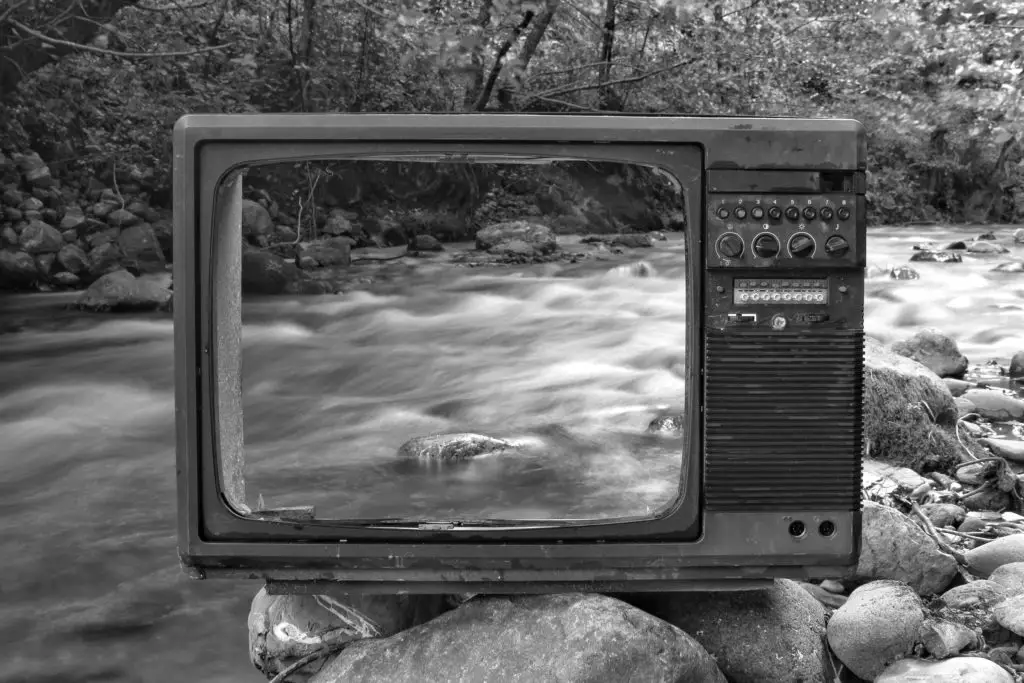Over the years, millions of people around the world received their television signals through cable TV connections. Since the inception of cable TV in 1948 in the United States, its number of subscribers kept increasing over the years. This however took a swift turn in December 2010 and has not seemed to change in the past years and in our present time, with experts predicting its downfall in years to come, given the rise of OTT streaming services. This would make one wonder if cable TV is indeed dying- In this article, you will know if cable TV has reached its end and the reasons behind this.

Now is Cable TV Dying? We can say that cable TV is indeed dying due to its rapidly decreasing number of subscribers- but not as quickly as our minds have pictured it. One could also say it would be around for a couple of years more if it adapts to the fast-changing world and the evolving habits of its viewers.
The Death Of Cable TV: How It Started.
Although a decline in cable TV subscribers started in 2010, nothing blew out the flames of cable TV as the rise of the on-demand streaming platform- Netflix with a substantial number of cable TV subscribers ‘cutting their cords’ for OTT streaming services.
By 2014, Netflix had become the largest video subscription company in North America with no signs of waning, further causing an increase in the number of cord-cutters, with eMarketer predicting that there will be over 55 million cord-cutters in the US by 2022. This would have sounded exaggerated at that time, but the numbers are beginning to level off- especially with the improvement of bandwidth and internet speed, Netflix expanding it’d streaming library, and the growth of more companies offering OTT streaming services.
The Cause Of Cable TV Dying
Long before now, cable TV companies were thriving with more cable networks worth billions changing the cable TV industry and about 1,775 TV stations reaching millions of households across the US and around the world. However, here are some reasons cable TV is dying:
– With the rise of streaming platforms like Netflix came the downfall of cable TV. Netflix has grown to be the biggest on-demand streaming platform with over 214 million users across the world, whereas cable TV subscribers had dropped to about 34 million in 2016. This makes the introduction of streaming platforms and services the biggest reason why cable TV is dying.
– With an OTT streaming platform, you get to skip ads, rewind, forward, or pause your videos without necessarily having to sit through ads and live TV broadcast schedules. You can also search and play the content you want to watch on your schedule. Times have changed, hence another reason why cable TV is losing its subscribers.
– The world today is moving towards a more convenient future which is why streaming services have an upper hand over cable TV. As opposed to cable TV, one gets to stream a show or video on one’s phone anywhere and at any time on streaming platforms.
Yes, a couple of major cable TV service providers like Spectrum Tv, Xfinity, Cox Communications and Mediacom cable now offer the TV everywhere feature that allows one to watch live broadcasts and shows via the web or an app on one’s phone with a strong WiFi connection and away from one’s home screen. However, if this feature was introduced earlier before streaming platforms like Netflix came to light and reshaped viewers’ preferences, then cable TV wouldn’t have lost such several subscribers.
– Streaming platforms are affordable: Unlike cable TV where one is bound to an early termination fee or annual contracts, you get to pay monthly and can also quit or switch your subscription without having to pay an early termination fee. Another advantage is that, unlike cable TV where you’ll pay for a subscription plan with some listed channels, you get to choose videos and channels you prefer to watch and enjoy what you paid for only.
Also, streaming platforms have become the choice of many because there is no need for installation or a set-top box, unlike cable TV.
Future Of Cable TV: Does Cable TV Stand A Chance?
For the reasons stated, it can be said that OTT streaming services have given cable TV a run for its money.
However, we can say that despite the decline in the number of cable TV subscribers, about 74 million American households as well as other countries in the world still have cable TV subscriptions.
A reason people still choose to keep their cable TV subscription is to watch live content like sports. This is because live streaming services tend to be more expensive than on-demand stress which makes cable TV services cheaper in this sense.
Another reason is that most people do not have access to high-speed internet and not so many people can afford it.
Finally, cable service providers now offer ways to watch TV on one’s smartphone, making cable TV as flexible and mobile as a streaming service.
In conclusion, cable TV is indeed dying because a lot of its subscribers are switching to OTT streaming services. However one could say this isn’t going to happen as quickly as expected if cable TV service providers can keep up with evolving viewer habits and preferences to make possible improvements.
Frequently Asked Questions
-What will replace cable TV in the future?
OTT streaming platforms and cable TV networks delivered over Internet protocol will possibly replace cable TV services.
– Will Cable TV eventually die?
With the improvement in internet speed, experts have speculated that by the end of 2025 more millions of viewers would have gotten rid of their cable TVs for OTT video streaming.
– What video streaming platforms are there?
This includes social media video streaming platforms like YouTube and Facebook; OTT video streaming platforms like Netflix, Amazon Prime, Hulu, and others.

